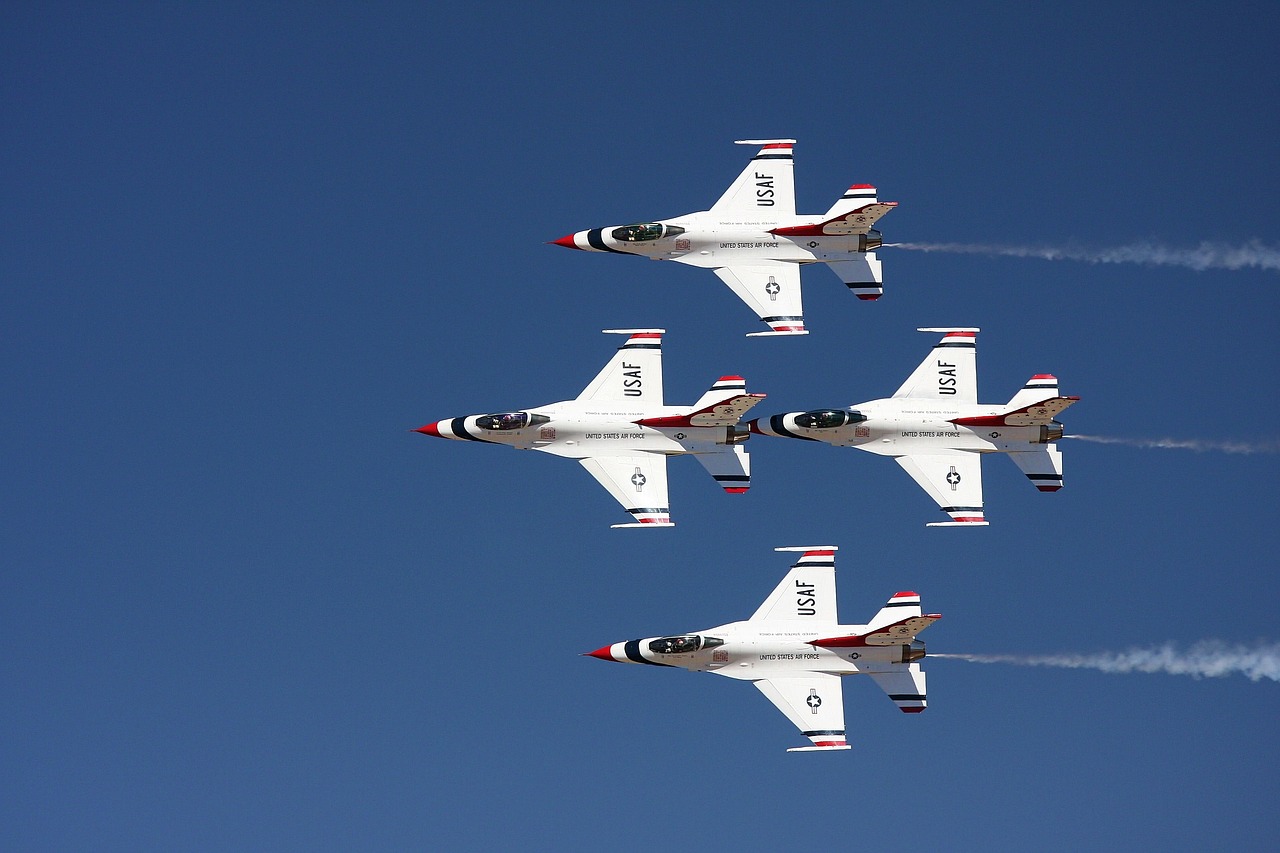This post is also available in:
 עברית (Hebrew)
עברית (Hebrew)
Russia is reportedly deploying a new generation of AI-powered combat drones capable of GPS-independent navigation, machine vision, and long-range strikes, marking a step forward in autonomous battlefield operations. A Ukrainian drone expert has highlighted the capabilities of the V2U drone, which can strike targets up to 100 kms away and operate in coordinated swarms.
The V2U is designed to function fully autonomously. Using onboard terrain analysis, a 14MP camera, and a laser rangefinder, the system can identify and engage targets, including military vehicles and camouflaged positions, without human intervention. Each drone carries a digital terrain map on a 100GB drive and is powered by a Jetson AI module, enabling precision targeting and adaptive learning.
Russia appears to be training these drones aggressively. It seems that between 20 and 50 V2U units are tested daily, with AI software updated weekly to improve target recognition. To extend operational reach, Russia has introduced “mother drones” that travel up to 50 kms into contested areas and relay targeting data to smaller drones, which then carry out strikes at longer ranges.
According to Interesting Engineering, V2U drones demonstrate a form of reactive swarm intelligence. Visual sensors allow the units to coordinate without direct radio links; if one drone is neutralized, others adjust their maneuvers automatically, enhancing survivability in contested airspace. The drones also include multiple navigation options. If GPS or GLONASS signals are jammed, the system can switch to machine-vision navigation and can operate in both fully autonomous or first-person-view modes over LTE.
Payloads range from a 2.9 kg shaped charge to a 3 kg multi-effect warhead, with a total maximum load of 3.5 kg. Newer variants are launched via pneumatic catapults and powered by internal combustion engines, extending their operational range to 99 kms.
First observed in Ukraine’s Sumy region in February 2025, the V2U’s deployment has recently accelerated. Analysts note that its combination of autonomous targeting, extended range, and swarm coordination could be adapted for other long-range UAV systems, increasing the complexity of counter-drone operations on modern battlefields.
The Ukrainian press release can be found here.


























